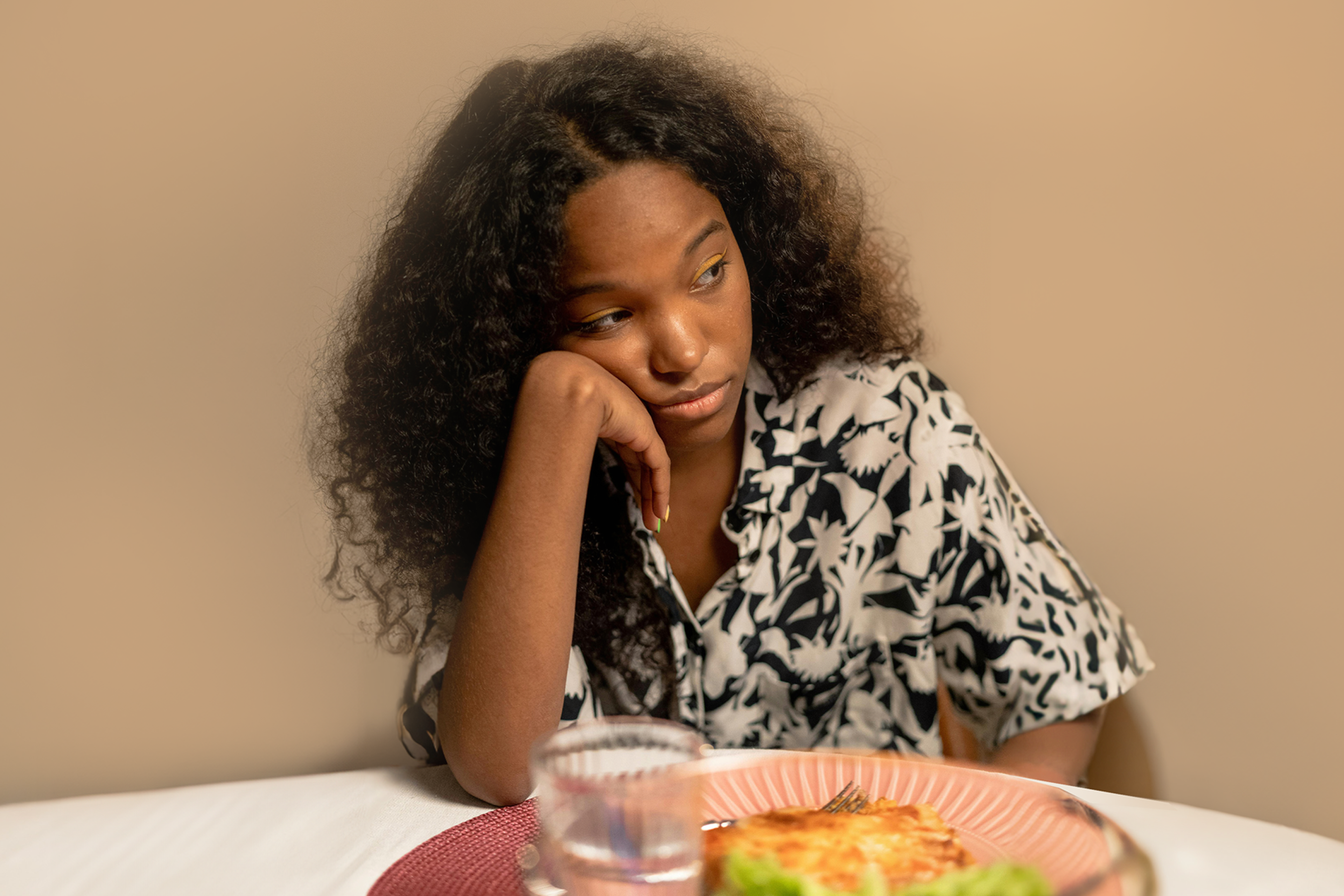

When Equip lead peer mentor Jillian Yatsko was diagnosed with multiple sclerosis at 20-years-old, her doctor told her the chronic condition would need to be the most important part of her life from that point forward — bigger than other aspects of her wellbeing, her social life, and even bigger than her eating disorder recovery. “People with disabilities are often cast into a role where they are already seen as broken,” Yatsko says. “So adding an eating disorder on top of that doesn’t come across as extraordinary to medical professionals and often gets left out of the treatment conversation.”
Yatsko’s experience exemplifies an issue that many individuals with a variety of physical and mental disabilities* have to face when seeking out and receiving eating disorder treatment: the feeling that they must choose which health issue to prioritize, which inevitably means one part of their wellness must take a backseat.
While there is a lack of research examining the links between disability and disordered eating, eating disorders do seem to disproportionately affect certain groups within the disability community, and the individuals in these communities may face unique stressors that contribute to the development and maintenance of their EDs.
Facing ableism in eating disorder treatment
The obstacles disabled people face on a daily basis are the consequence of living in an ableist culture. “Ableism” can be defined as social prejudice and discrimination against those who are disabled in any way due to a underlying belief that they are inferior to non-disabled folks. Just like sexism and racism are rooted in erroneous beliefs and harmful stereotypes, ableism is often perpetuated by generalizations and assumptions that disabled people need to be ‘fixed.’
“Ableism—discrimination in favor of able-bodied people—is more widespread and found in more places than we’d like to think,” explains DT Bruno, MSW, a clinician at Greater Nashua Mental Health. “Disabled patients regularly face accessibility barriers and unfortunately, that goes for mental health care as well. The barriers include but are not limited to: language barriers, navigating the complex health care system, and focusing on their families/caregivers’ needs instead of providing client-focused care. [And] some disabled people living with mental health symptoms may have invisible disabilities so they often have to defend their disability and that can be exhausting.”
Obstacles that prevent disabled folks from seeking care
Based on her own experience, Yatsko has observed first-hand some of the ways eating disorder treatment specifically is rife with barriers to entry, even for those without disabilities. “Add in something like requiring a wheelchair to move around or having pre-existing financial burdens from your disability and you are looking at a treatment that can be impossible,” she says. “Many residential treatment centers provide care in non-clinical environments like standard homes — this means that your wheelchair might not fit through a doorway or your shower might require you to have to climb in a tub. These types of centers do not always have trained staff to help you move safely around if you have a disability that requires assistance.”
But even in the context of outpatient care, Yatsko says eating disorder treatment has been developed, refined, and targeted for neurotypical, able-bodied individuals, which consequently leaves disabled people out of the picture. “If you have a developmental disability that perhaps affects your ability to speak or process information in the same way as your peers, you may find that there are few, if any, groups that provide services to meet your unique needs,” she says. “Traditional treatment can be very cookie-cutter, and folks with disabilities often struggle to find another cookie like them.”
There are, of course, other practical hoops to jump through when it comes to receiving adequate and effective treatment, including financial obstacles. While costs vary depending on the level of care, geographic location, and insurance coverage, it’s not uncommon for residential treatment centers to charge upwards of $30,000 a month.
“A good number of disabled people rely on subsidized health care such as Medicare and Medicaid to cover critical treatments, so if more robust coverage could be provided, that would be a great starting point,” Bruno says.
What needs to change to make treatment more accessible
While there’s no simple solution to accessibility for disabled people, it might start with treatment centers hiring a more diverse array of competent, skilled professionals adept at offering a variety of services.
“For deaf** people in this country using American Sign Language (ASL), there are virtually none-to-minimal treatment options available directly in sign language in some settings such as within EDs and for those with substance use disorders,” Bruno points out. “We need to have disabled people in both client-facing and leadership positions making decisions in order to make a significant impact on the mental health recovery landscape; too often we are an afterthought.”
Yatsko agrees, adding that she believes many professionals in the eating disorder treatment industry are invested in providing quality care for all people, including those with disabilities, but face their own obstacles in the pursuit.
“A big challenge lies in care providers not being trained, educated, or personally experienced in the day-to-day challenges of what it’s like to live with a disability,” she says. “If we look beyond the initial barriers (moving around a space, financial challenges) you are also faced with the harsh reality that this person may have significant distress and/or trauma around medical care providers. They may have been brushed off, pushed aside, and invalidated by medical professions for years. The disability is an essential part of a person and the ramifications of which need to be addressed and provided for during treatment.”
* At Equip, we know that some folks use identity-first language to self-describe, while others prefer person-first language. Throughout this piece we use both to reflect the complexity of this conversation and honor the preferences of the people who are quoted in the piece.
** The word “deaf” is used to encompass all types of the deafness spectrum regardless of cultural identity, including but not limited to Deaf, Hard of Hearing, DeafBlind, DeafPlus, Late-Deafened, and more.







